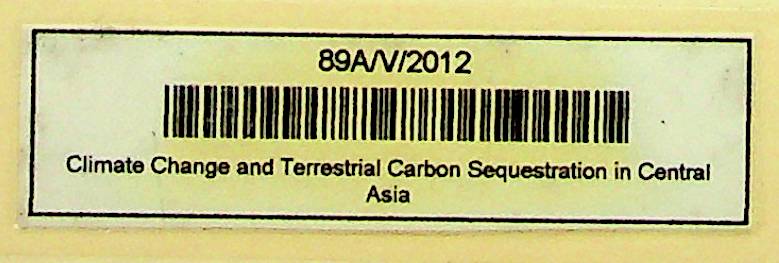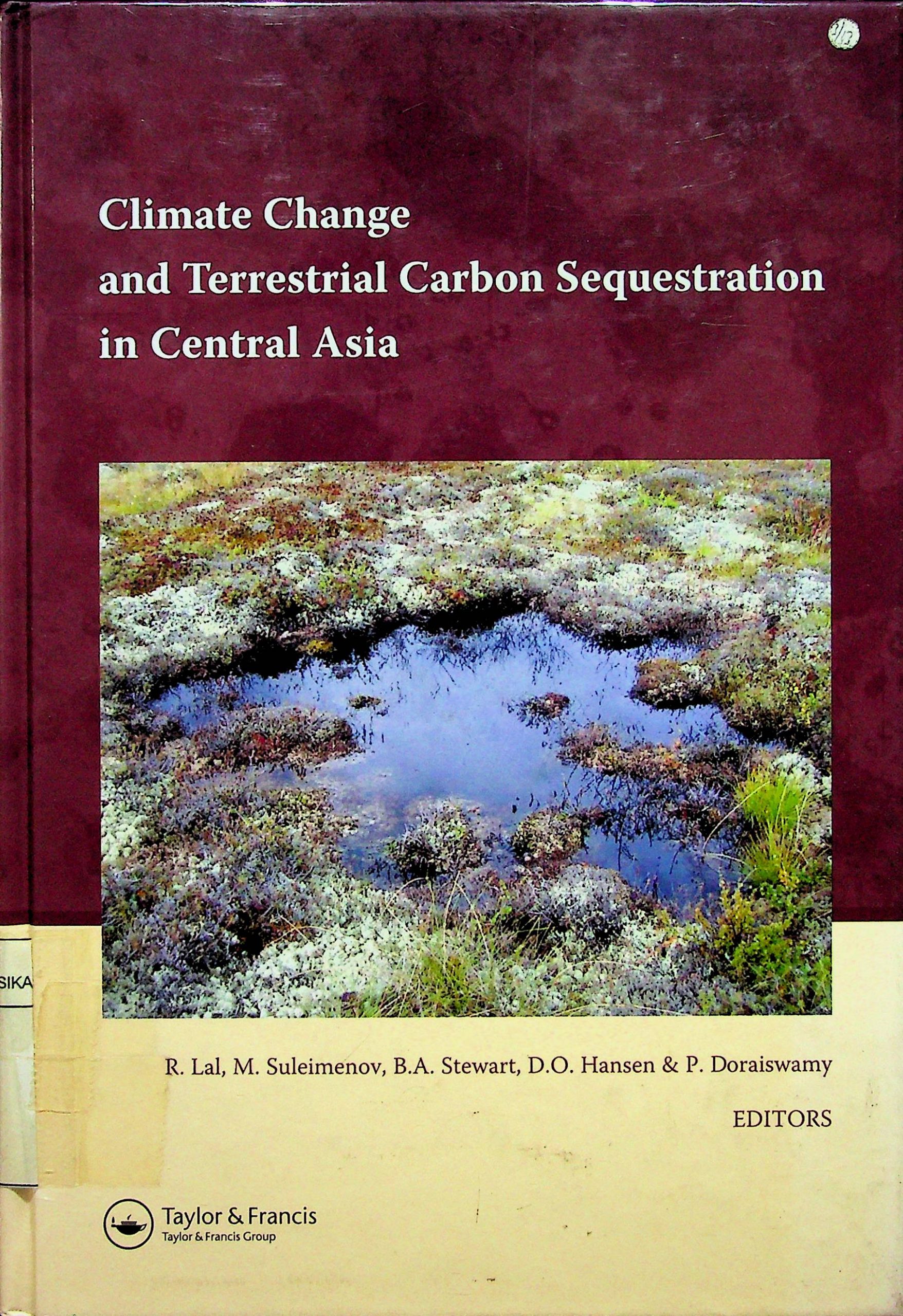The countries of Central Asia and the Caucasus (CAC), which were a part of the former Soviet Union, represent a vast area of some 416 million hectares. This area has great potential for carbon sequestration through belter land management. Since the CAC countries are now “economies in transition,” they offer an opportunity to examine the role of land use change in both reducing poverty and in ensuring long-term sustainability of natural resources.Agriculture in CAC occupies around 70% of the land area and is characterized by relatively low productivity and increasing land degradation. After independence, all CAC countries dismantled the former large state-run farms and are now facing the challenge of addressing the problems of smaller leased or privately owned land. During this period of transition, crop and livestock production has declined markedly as inputs have become scarcer and unaffordable. Recovery has been slow, putting enormous pressure on rural populations as they struggle to come to terms with these profound changes. Some areas have been abandoned because of land degradation, lack of resources and low returns. Management of the production systems and of the natural resource base that they depend on remains less than satisfactory in many areas. A Collaborative Research Program for Sustainable Agricultural Production in Central Asia and the Caucasus was established in 1998, involving nine CGI AR Centers and eight CAC NARS, with ICARDA as the lead Center. The Consortium has helped the region to halt the erosion of its genetic resources, organize joint research on improved crop and livestock production, and on efficient control of pests and diseases. Many conservation agriculture technologies including zero tillage, crop diversification and reduction of summer fallow area, as well as improved rangeland management practices, are contributing to improved soil organic carbon maintenance. The Central Asian Countries Initiative on Land Management (CACILM), in which ICARDA has been playing the lead role in a Research Component on Sustainable Land Management, will address carbon sequestration as one of priority issues. Since much still remains to be done, it was only timely that Ohio State University, jointly with the USDA-ARS, ICARDA and CIMMYT, organized a workshop on Carbon Sequestration in Central sia on 1-5 November, 2005. The prospects for carbon trading were discussed at the workshop. The trading schemes that emerged could offer the rural poor in CAC the opportunity to generate income and conserve the natural resource base. The challenge will be to stimulate a widespread adoption of the promising resource-conserving practices that were identified at the workshop and to link them to carbon trading possibilities.We are delighted that the proceedings of this workshop are now available to a wider audience through this publication. We look forward to participating in, and catalyzing further interac¬tions between the national agricultural research systems of the region andinternational research rganizations and other partners globally. Ma
5
CLIMATE CHANGE AND TERRESTRIAL CARBON SEQUESTRATION IN CENTRAL ASIA
R. Lal M. Suleimenov, B.A. Stewart,D.O. Hansen,P. Doraiswamy
Penerbit :
Taylor & Francis/Balkema
Tahun :
2007
Buku Text
-
No Scan72
-
No Klasifikasi368.700.958
-
ISBN
-
ISSN
-
No Registrasi89A/V/2012
-
Lokasi Terbit
-
Jumlah Hal45
-
Label368.700958 Lal c
-
Versi DigitalTIDAK
-
Versi FisikTIDAK
-
Lokasi Rak Buku Fisik//
-
Jumlah Exemplar Fisik Tersedia-






